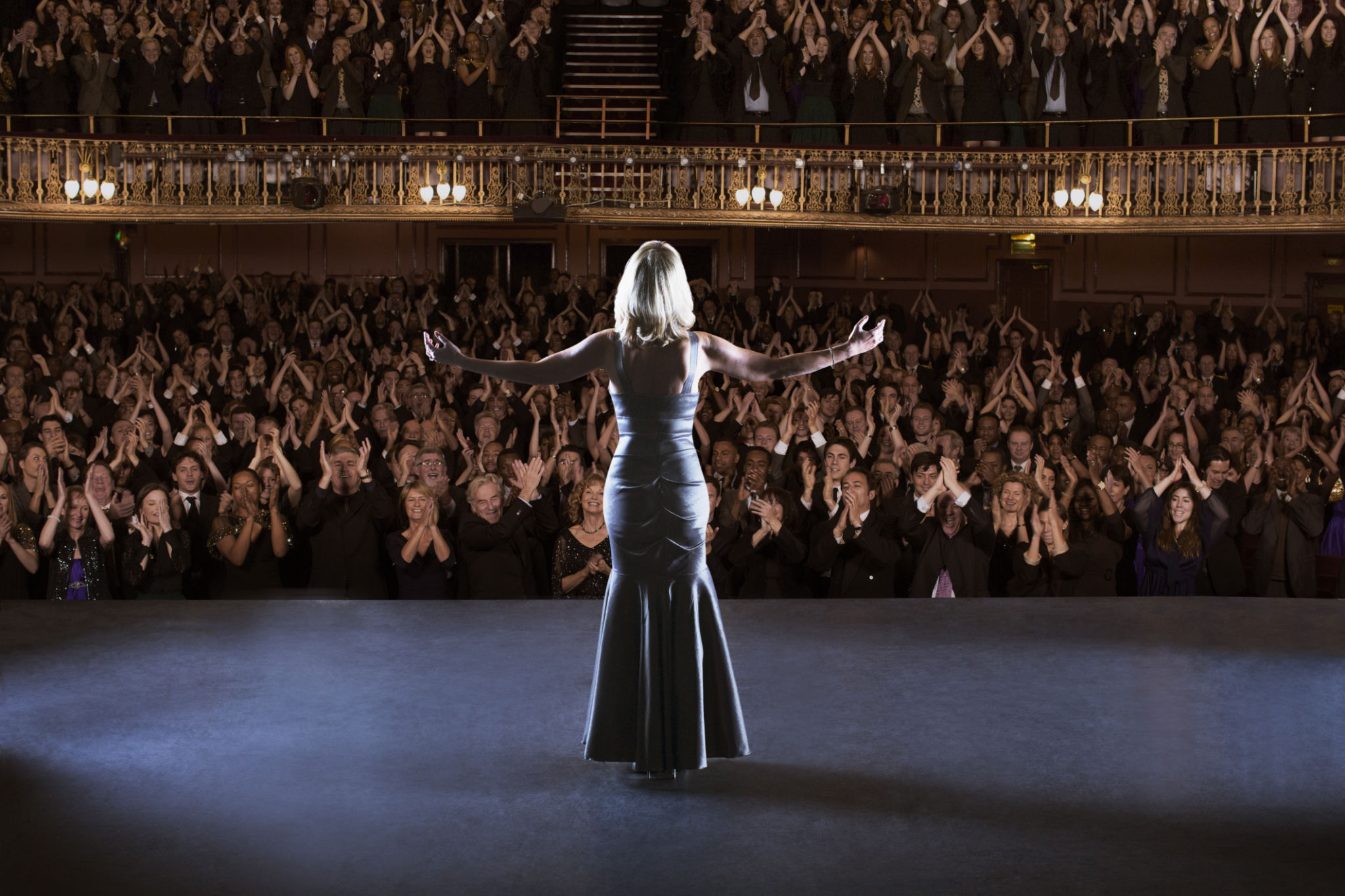From Studio to Stage: Ernesto Rodriguez's Guide to Performing Live
Introduction to Performing Live
For many musicians, the journey from the studio to the stage is both exhilarating and daunting. Ernesto Rodriguez, a seasoned performer with years of experience, offers invaluable insights into mastering the art of live performance. Whether you're a budding artist or a seasoned musician looking to refine your stage presence, Ernesto's guide is packed with practical advice to help you shine in front of an audience.

The Importance of Preparation
Preparation is key when transitioning from the controlled environment of a studio to the unpredictability of a live setting. Ernesto emphasizes the importance of rehearsing consistently and simulating live conditions as much as possible. This means practicing with your full band setup, including all instruments and equipment, to ensure everyone is synchronized.
Creating a setlist that flows well is another crucial aspect. Ernesto advises artists to consider the emotional arc of their performance, starting strong to capture attention and ending with a memorable piece that leaves a lasting impression. He suggests using a mix of fan favorites and new material to keep the audience engaged throughout the show.

Connecting with Your Audience
One of Ernesto's core philosophies is that a live performance is as much about connecting with the audience as it is about playing music. Developing a rapport with your audience can transform a good show into a great one. Ernesto recommends engaging with the crowd by sharing personal anecdotes or stories behind the songs you perform.
Eye contact and body language are also powerful tools for connection. By maintaining eye contact with your audience and using expressive gestures, you can create an intimate atmosphere that resonates with concertgoers long after the show ends.
Managing Stage Fright
Even experienced performers like Ernesto still encounter stage fright from time to time. The key, he explains, is not to eliminate nerves but to channel them into energy that enhances your performance. One effective technique is to focus on your breathing before stepping on stage, helping to calm any anxiety.

Ernesto also suggests visualizing successful performances beforehand. By mentally rehearsing your set and imagining positive outcomes, you can build confidence and reduce anxiety when it's time to perform live.
Technical Considerations
Technical mishaps can occur during live shows, but being prepared can mitigate potential disruptions. Ernesto recommends conducting thorough sound checks before each performance and having backup equipment on hand in case of technical failures. This includes spare cables, strings, and other essential gear.
Additionally, understanding the acoustics of the venue can greatly impact your sound quality. Ernesto advises working closely with sound engineers to optimize audio settings, ensuring that your music is clear and impactful for every audience member.
Post-Performance Reflection
After the final note has been played and the crowd has dispersed, Ernesto encourages musicians to engage in post-performance reflection. This involves evaluating what went well and identifying areas for improvement. Taking notes on audience reactions and feedback can provide valuable insights for future performances.

Ultimately, transitioning from studio to stage is a continuous learning process. By embracing challenges and celebrating successes, musicians can grow both personally and professionally, delivering unforgettable performances time after time.
Conclusion
Ernesto Rodriguez's guide to performing live offers a comprehensive roadmap for musicians at any stage of their career. By focusing on preparation, audience connection, technical readiness, and continuous improvement, artists can transform their live performances into powerful experiences that resonate with audiences long after the curtain falls.